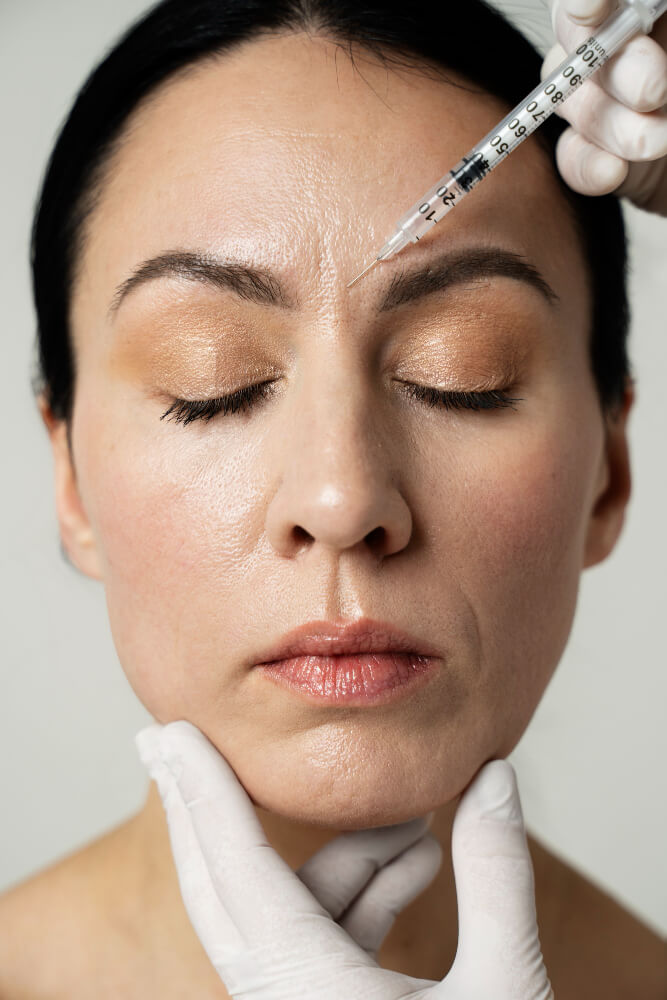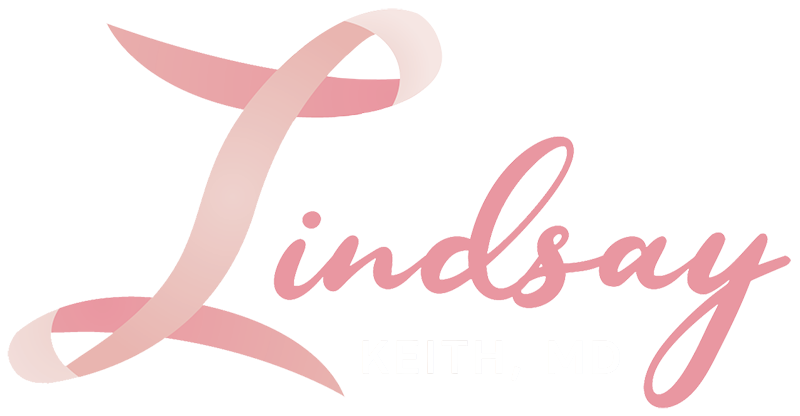In the world of cosmetic enhancements, two popular treatments often come into the spotlight: Botox and fillers. While both are designed to rejuvenate the skin and enhance facial features, they work in distinct ways and target different concerns. Understanding the difference between Botox and fillers is essential for choosing the right treatment to achieve your aesthetic goals.
Botox: A Muscle Relaxant
Let’s start with Botox, short for Botulinum Toxin Type A. Botox is a neurotoxin that works by temporarily blocking nerve signals to targeted muscles, effectively relaxing them. It is commonly used to smooth out dynamic wrinkles, which are caused by repetitive muscle movements such as smiling, squinting, or furrowing the brow.
 Areas commonly treated with Botox include:
Areas commonly treated with Botox include:
- Forehead lines
- Frown lines (between the eyebrows)
- Crow’s feet (around the eyes)
Botox is not a filler and does not add volume to the face. Instead, it softens existing wrinkles and prevents them from deepening over time. The results of Botox treatments typically last around 3 to 4 months, after which maintenance sessions may be recommended to sustain the effects.
Fillers: Adding Volume and Contour
On the other hand, fillers are injectable substances designed to add volume, contour, and structure to the face. They can fill in wrinkles, restore lost volume, and enhance features such as lips, cheeks, and jawline. Fillers are made from various materials, including hyaluronic acid, calcium hydroxylapatite, and poly-L-lactic acid.
Areas commonly treated with fillers include:
- Nasolabial folds (smile lines)
- Marionette lines (lines around the mouth)
- Cheeks
- Lips (lip augmentation)
Unlike Botox, which targets muscles, fillers work by physically filling in and plumping up areas of the face. They can also stimulate collagen production, leading to long-term improvements in skin quality and elasticity. The duration of filler results varies depending on the type of filler used, with some lasting anywhere from 6 months to 2 years or more.
Choosing the Right Treatment
The choice between Botox and fillers depends on your specific concerns, desired outcomes, and consultation with a qualified healthcare provider. Here are some factors to consider when deciding:
- Concerns: If you’re primarily bothered by dynamic wrinkles caused by muscle movements, Botox may be the ideal choice. For volume loss or contouring needs, fillers may be more suitable.
- Goals: Determine what you want to achieve from the treatment. Are you looking to smooth wrinkles, add volume, enhance features, or a combination of these?
- Duration: Consider the longevity of results. Botox requires more frequent touch-ups compared to some fillers, which may last longer.
- Budget: Factor in the cost of treatments, as Botox and fillers have different price points based on the type of product and amount used.
Ultimately, a comprehensive consultation with an experienced injector is crucial for creating a personalized treatment plan that addresses your unique concerns and helps you achieve natural-looking results. By understanding the difference between Botox and fillers and making an informed decision, you can embark on a journey towards a refreshed and revitalized appearance that boosts your confidence.



